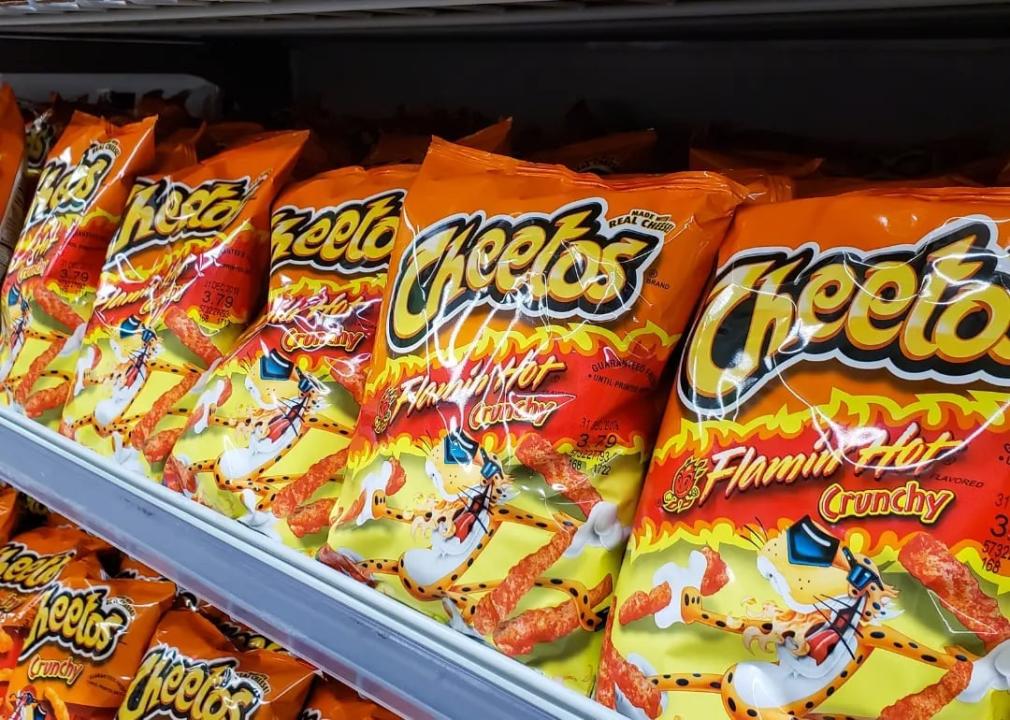
Few things define a culture in the way its food does, and the United States is no different. Whether it's regional food traditions like collard greens and cornbread or the country's allegiance to boxed macaroni and cheese, the U.S. is a place of seemingly endless gastronomic choices and Indigenous and immigrant influences. However, some foods are practically impossible to find stateside, and that's because they've landed on the banned food list.
That's right, there are certain foods eaten throughout the world that simply aren't allowed in the States—often driven by concerns over health, safety, conservation, and controversial processing. Interestingly, some bans have been lifted or relaxed over time.
In California, the sale of foie gras, banned in 2004 (that went into effect in 2012) due to animal cruelty concerns, was temporarily lifted in 2015 before being reinstated, reflecting ongoing debates about ethics and gastronomy. In some cases, the Food and Drug Administration is responsible for keeping treats from crossing the border, but sometimes, food violates state laws or the court of public opinion.
Stacker compiled a list of foods and beverages banned across the entire country, by certain states, or in schools. In some cases, these bans have made it nearly impossible to find these foods in the U.S.—at least not in the form they're available throughout the rest of the world.
From creamy cheeses to junk food, these 35 foods aren't welcome in parts of the United States.
You may also like: Americans sleep least in these U.S. cities – 2024 study
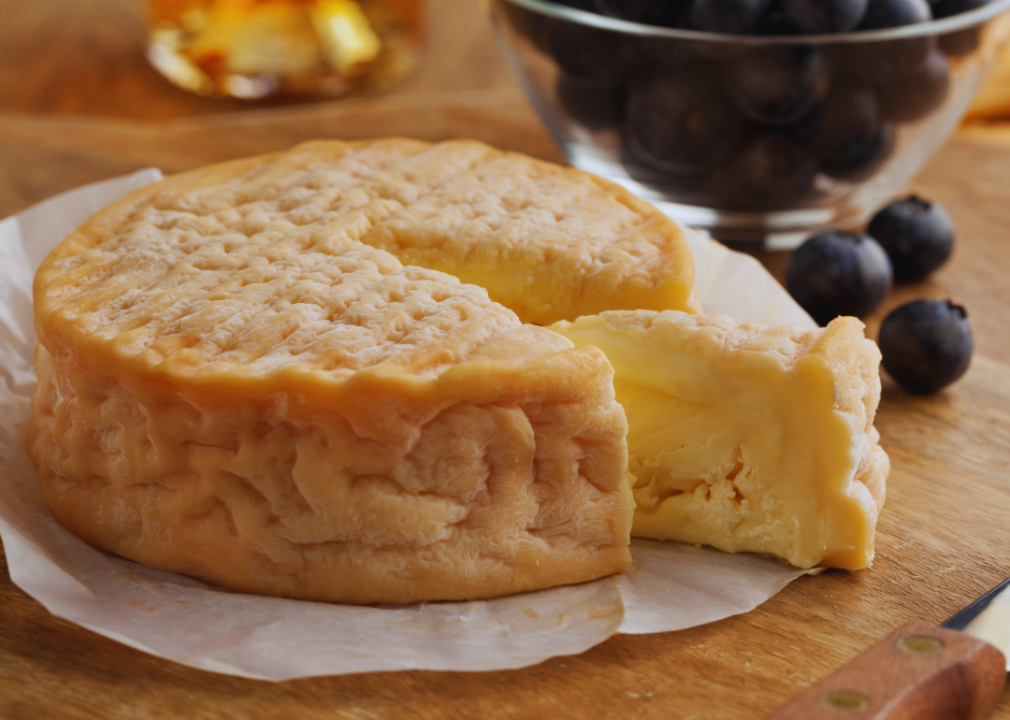
Époisses has a strong odor and bold taste. The French cheese isn't sold in America, at least not in its traditional form. That's because the cheese is made from unpasteurized, raw milk and is under 60 days old, which goes against USDA regulations.
While you can purchase pasteurized versions in the U.S., you may have to plan a European vacation to try the real deal.
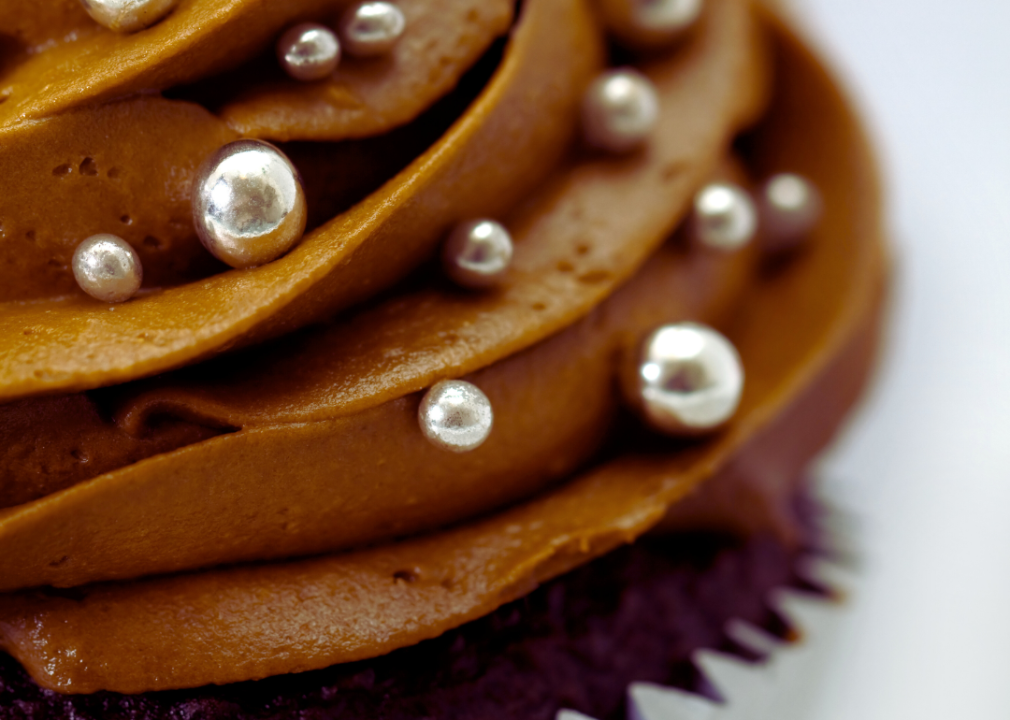
Be careful if you see those small silver balls on baked goods, according to the FDA. While some silver sprinkles may be artificially colored, "silver dragees" are silver-coated almonds, and they're officially classified as nonedible since silver is not allowed to be an additive or color in food.
If you see them for sale—they are available in every U.S. state save for California—they should be labeled as "for decorative purposes only."
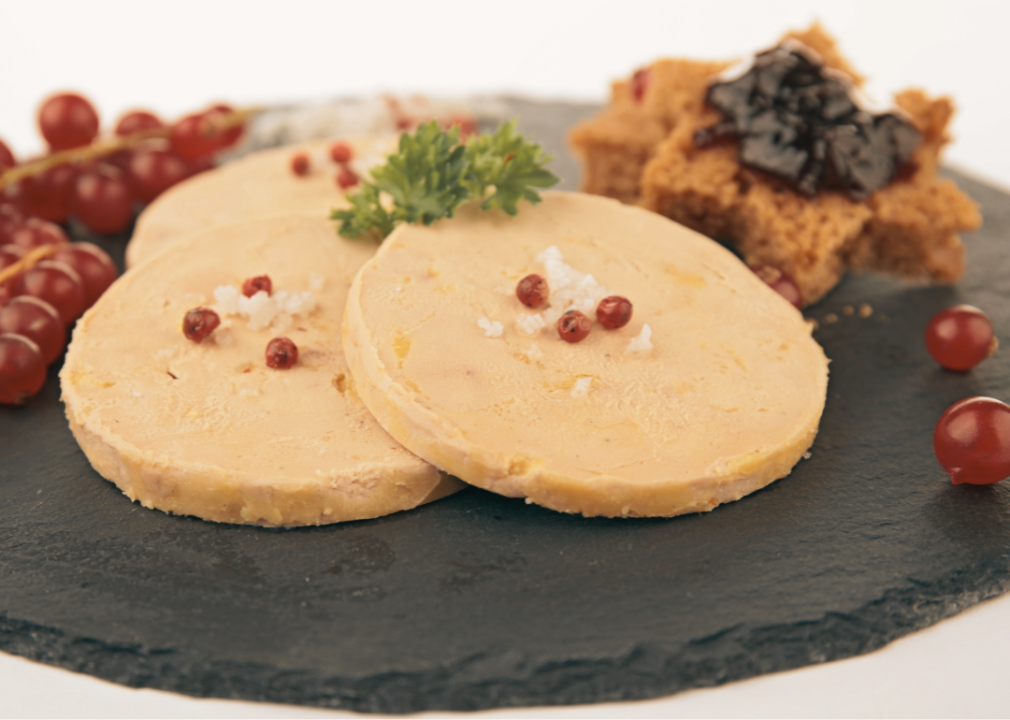
While you can purchase and eat foie gras for personal use in some parts of the U.S., retailers and restaurants in California are banned from selling the luxury food item. Foie gras, which translates to "fatty liver," is controversial due to the practice of force-feeding ducks and geese so their livers grow much larger than normal, which can lead to disease.
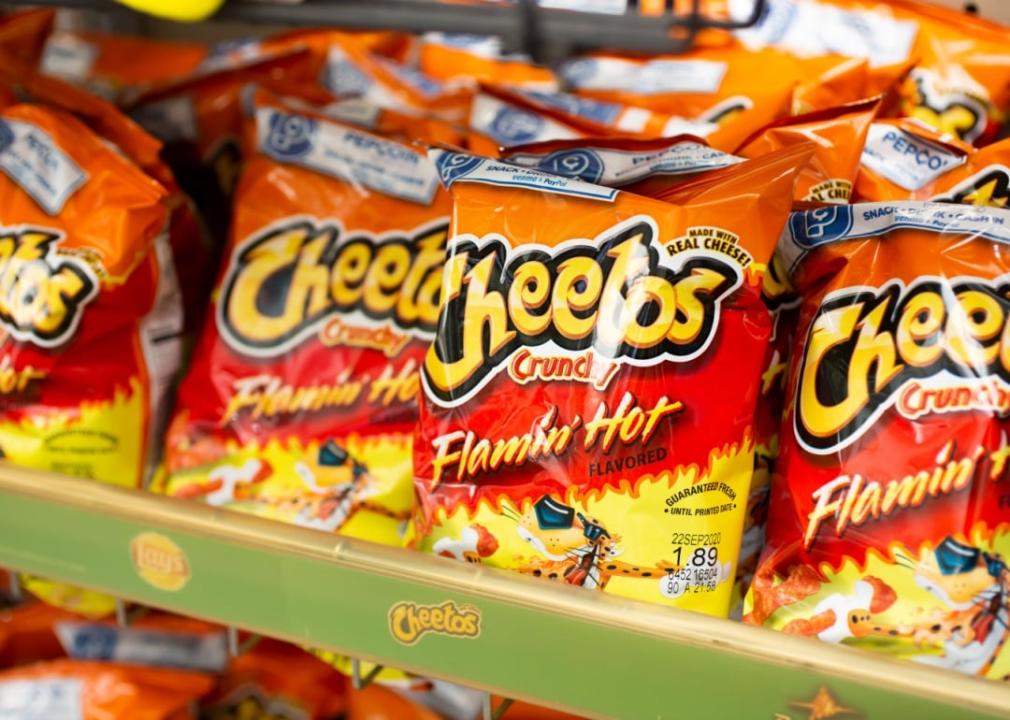
The FDA hasn't waded into the debate over Flamin' Hot Cheetos, but the popular snack food has become public enemy #1 in school districts around the country. Since the early 2010s, schools in states like California, New Mexico, and Illinois have banned the snack due to their lack of nutritional value and messiness.
Parents specifically worry about the effects of artificial dyes used in snacks like Flamin' Hot Cheetos on child development. There is a proposed ban that would prohibit schools from serving foods containing six food dyes as well as titanium dioxide—and Flamin' Hot Cheetos contain three of them (red 40, yellow 5, and yellow 6).
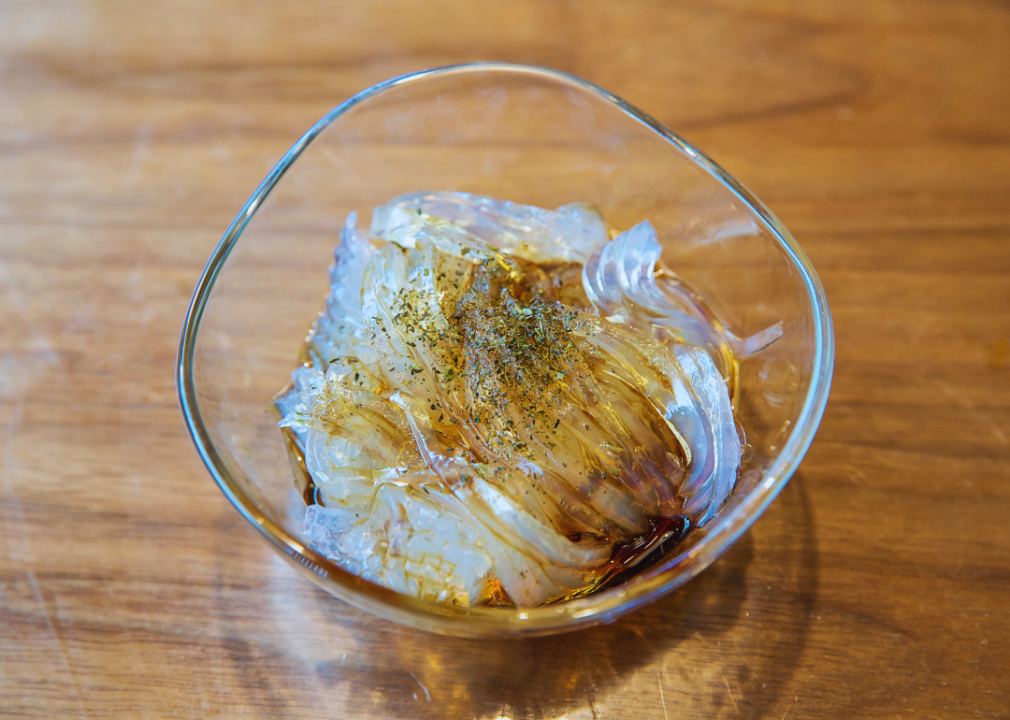
Konjac jelly candies—sold under names such as "mini-cup jelly products" and "mini fruity gels"—gained international appeal for their chewy texture and assortment of sweet and tart flavors. The treat is made from the konjac plant, which primarily grows in China and Southeast Asia.
Their small size and firm consistency led to numerous choking incidents, especially among children. As a result, the FDA banned the import and sale of konjac jelly candies in the U.S. in 2001 to prevent further choking hazards.
You may also like: Midcentury modern design in 10 essential pieces
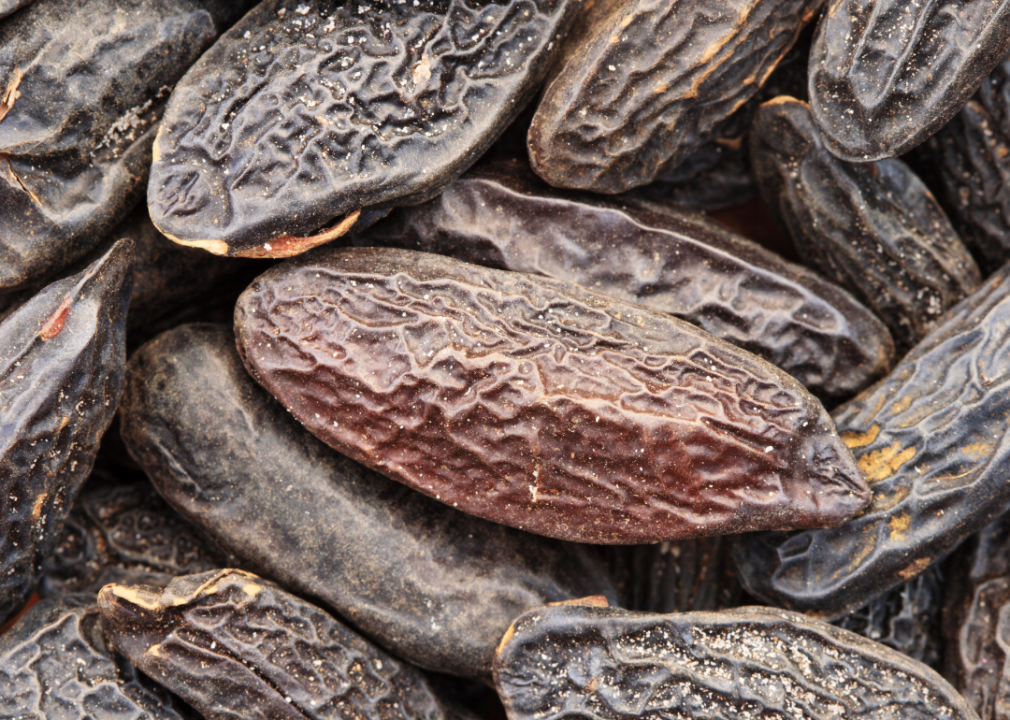
Native to South America, tonka beans are known for their rich, vanillalike aroma and are used in perfumery and flavors around the world. But the beans contain coumarin, a compound linked to liver damage in high doses. Consequently, the FDA banned the use of tonka beans in food products in 1954. Despite the ban, they remain legal for nonfood uses, such as perfumes and tobacco.
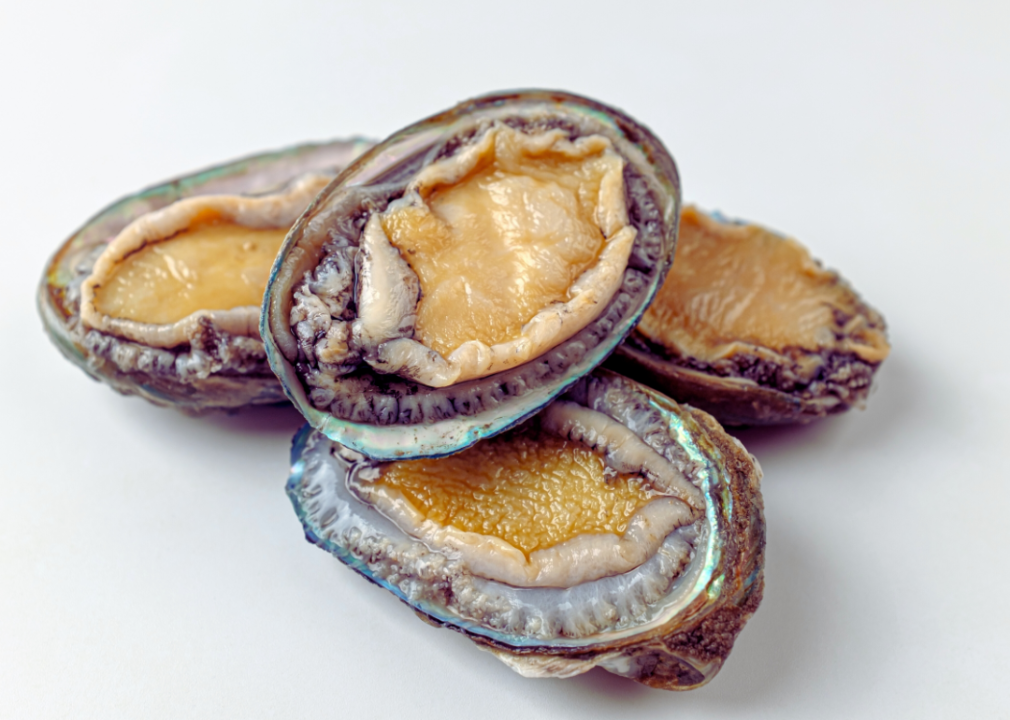
Wild abalone (sea snail) has been a coveted delicacy along the United States Pacific Coast, particularly in California, for centuries. But overfishing and environmental changes led to a dramatic decline in abalone populations.
In response, California banned the commercial harvesting of wild abalone in 1997 to protect the species from extinction. It also banned harvesting for sport in 2017 to help the population regrow, but the sport could reopen in 2026.
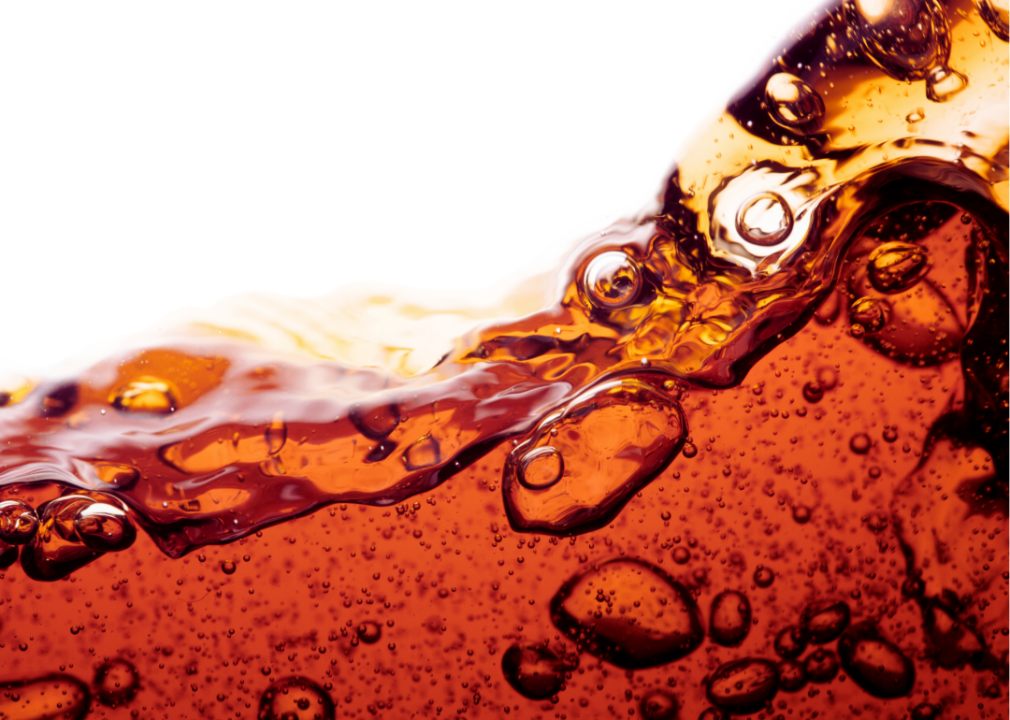
Brominated vegetable oil has been used as a food additive since the 1920s and commonly serves as an emulsifier in fruit-flavored soft drinks to keep flavoring oils evenly distributed. By the 1970s, concerns about the health effects of BVO—including the potential to lead to nervous system, thyroid, and reproductive issues—prompted regulatory scrutiny.
In 1977, the FDA set temporary limits on BVO usage but did not ban it outright. In July 2024, the FDA announced the decision to revoke the regulation authorizing the use of brominated vegetable oil in food, and the ban took effect on Aug. 2.
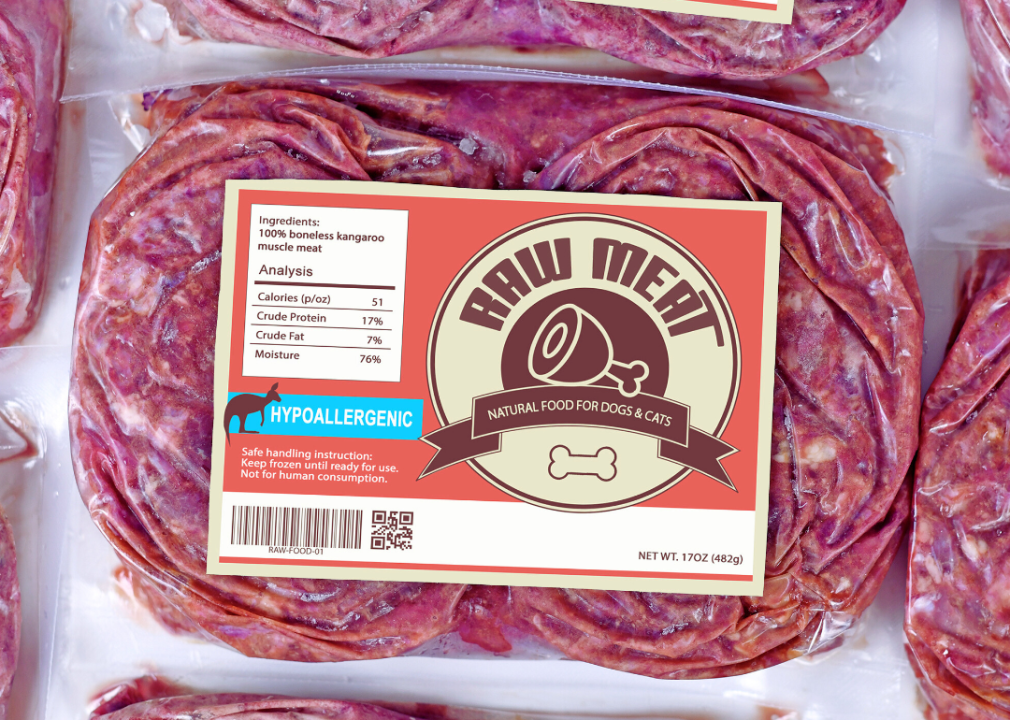
The Indigenous people of Australia have long consumed and managed kangaroo meat, which eventually made its way to the United States. In 1970, concerns over animal welfare and the impact on kangaroo populations led then-California Gov. Ronald Reagan to sign legislation banning the sale of kangaroo meat and leather, which went into effect in 1973.
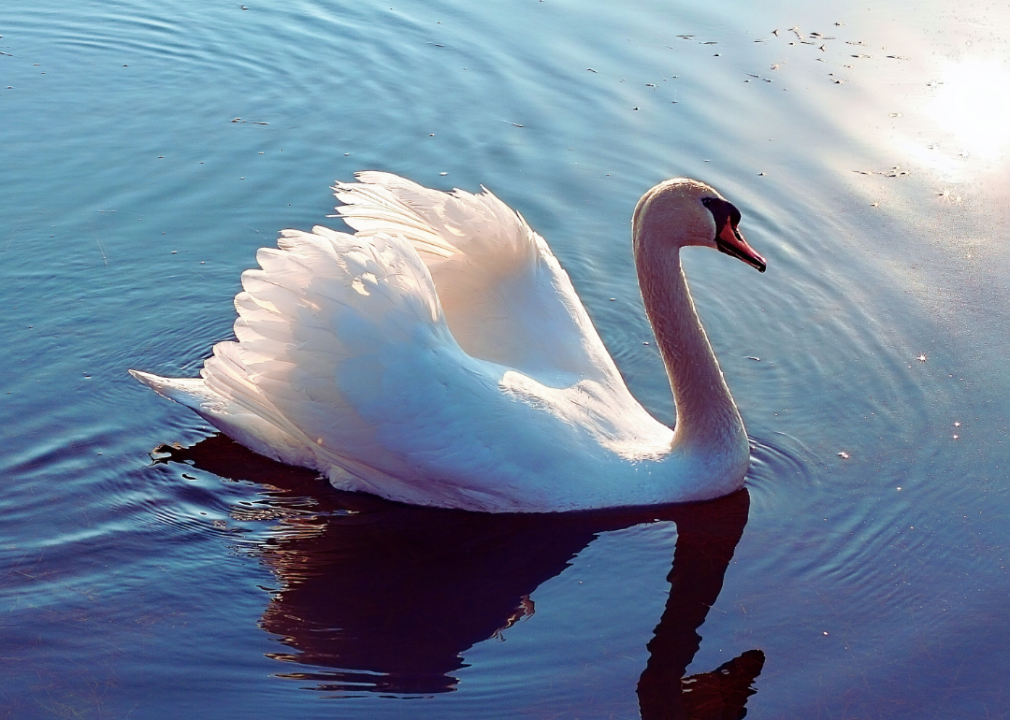
Certain swans, including the North America-native trumpeter, are endangered species in some states. While hunting the tundra swan is legal in some areas of the U.S., trumpeter swans are illegal to hunt across much of America.
You may also like: 2024's leading cities for quality of life
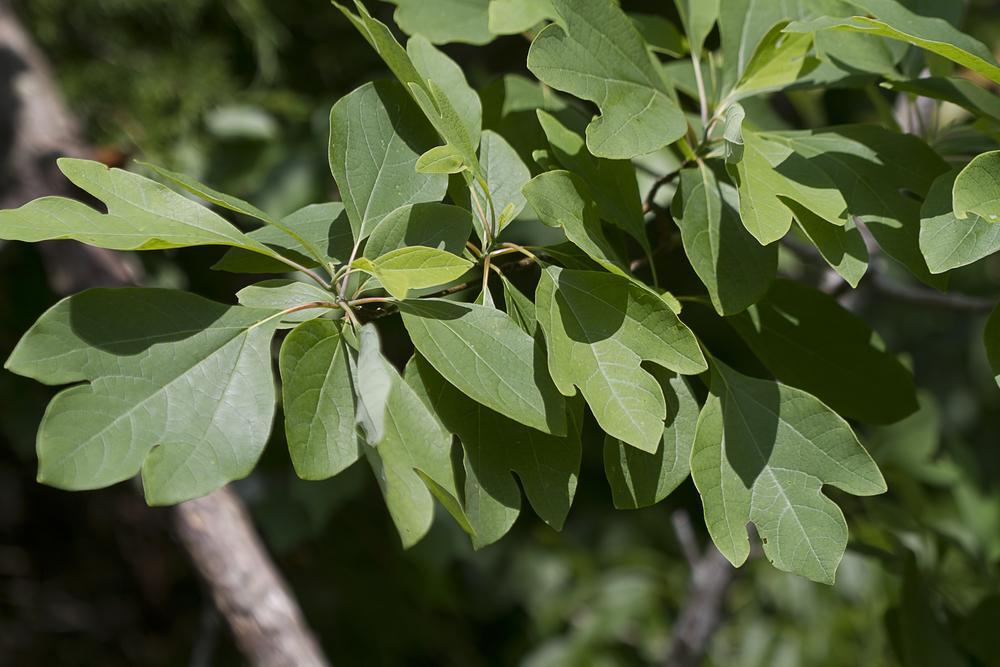
Nope, there is no authentic sassafras oil in your root beer. The FDA banned sassafras oil because it contains the compound safrole, a potential carcinogen. However, safrole is permitted in substances where it occurs naturally, like cinnamon and star anise.
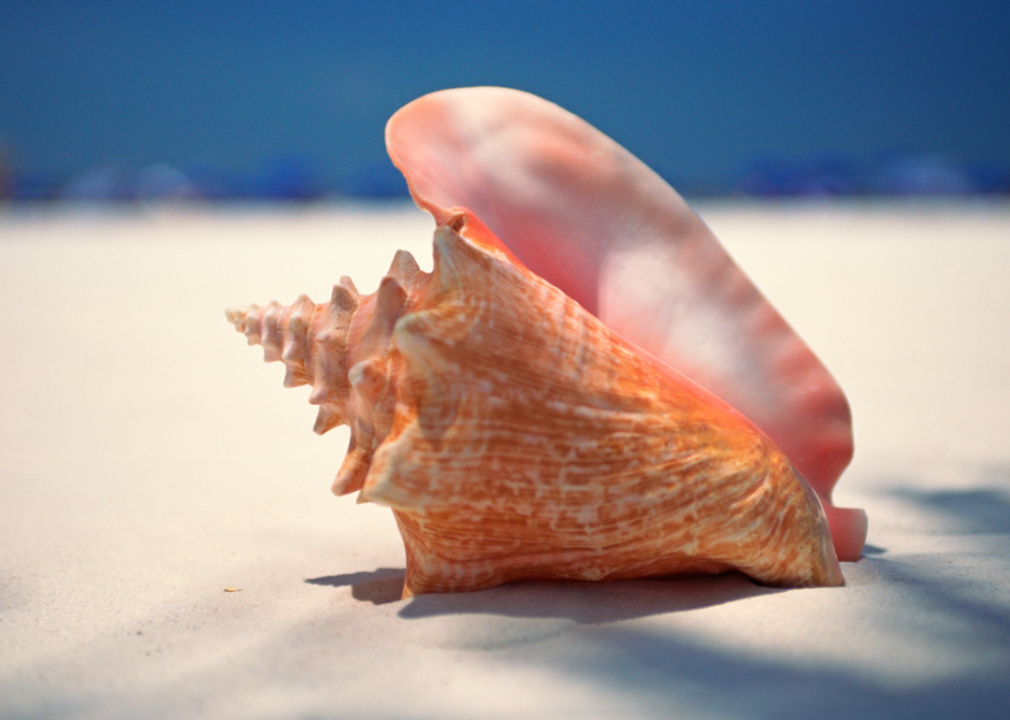
Queen conch meat is a favorite dish throughout the Caribbean, but overfishing has made harvesting the mollusk illegal in states like Florida. However, according to the Fish and Wildlife Service, you may be able to find queen conch in some parts of the United States. It can be imported from parts of the Caribbean that aren't subject to the trade prohibitions.
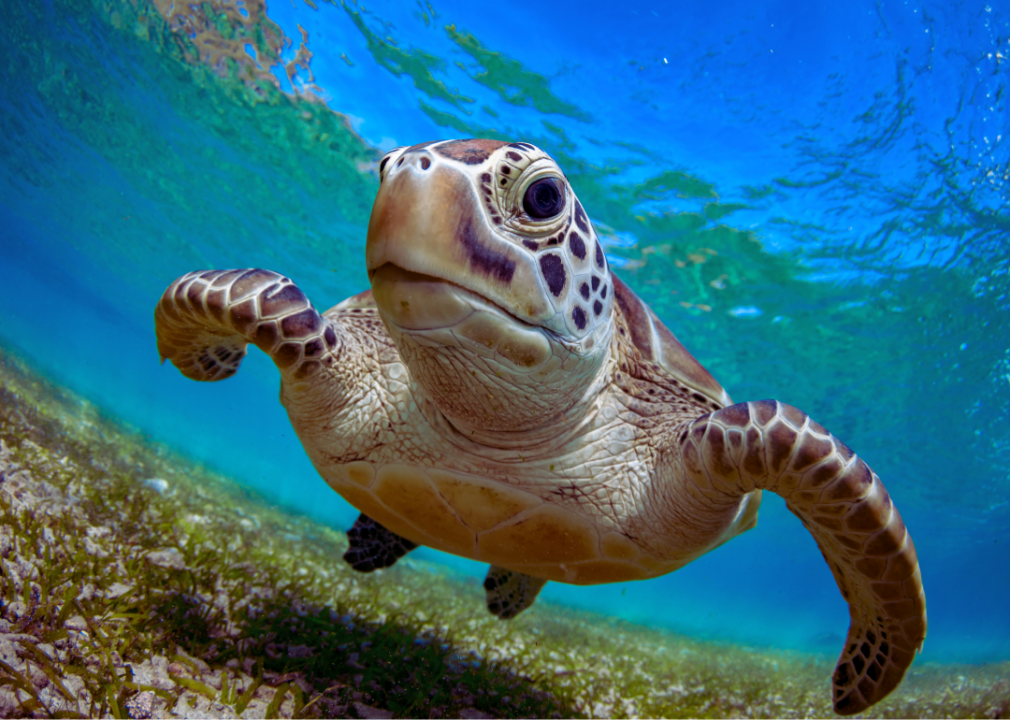
Sea turtles are on the World Wildlife Fund's endangered species list. Though it's still legal to hunt them in more than 40 countries and territories, the United States isn't one of them. Sea turtles were used to make turtle soup in the past, but their endangered status has led to the dish's falling popularity.
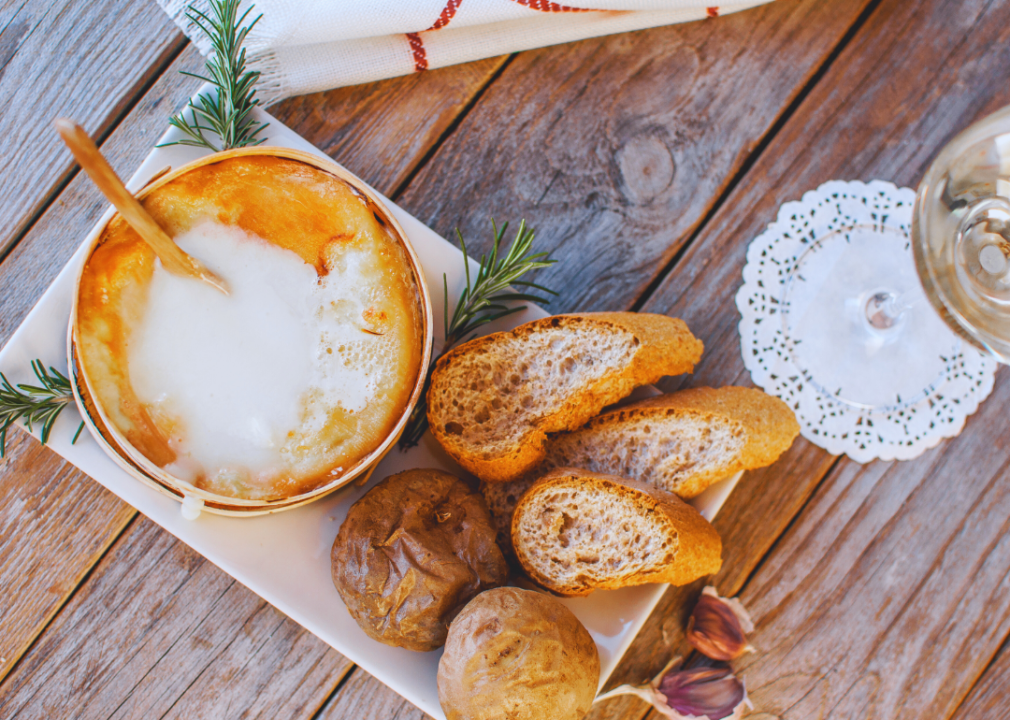
Mont d'Or is the holy grail of French cheese. The tasty fromage is only made once a year between August 15 and March 15. But because it's made with unpasteurized milk, it can't be sold in the United States.
In a 2016 interview with Vogue, cheese connoisseur chef Ryan Hardy said: "By French AOC certification law, it cannot be made from pasteurized milk, so it can never be allowed in the United States. Its unctuous, creamy pate is only eaten when you peel back the rind. It's then that you realize it's the gangster, white truffle of all cheeses. This is the black market cheese." Cheese lovers have gone to extremes to taste the legendary Mont d'Or.
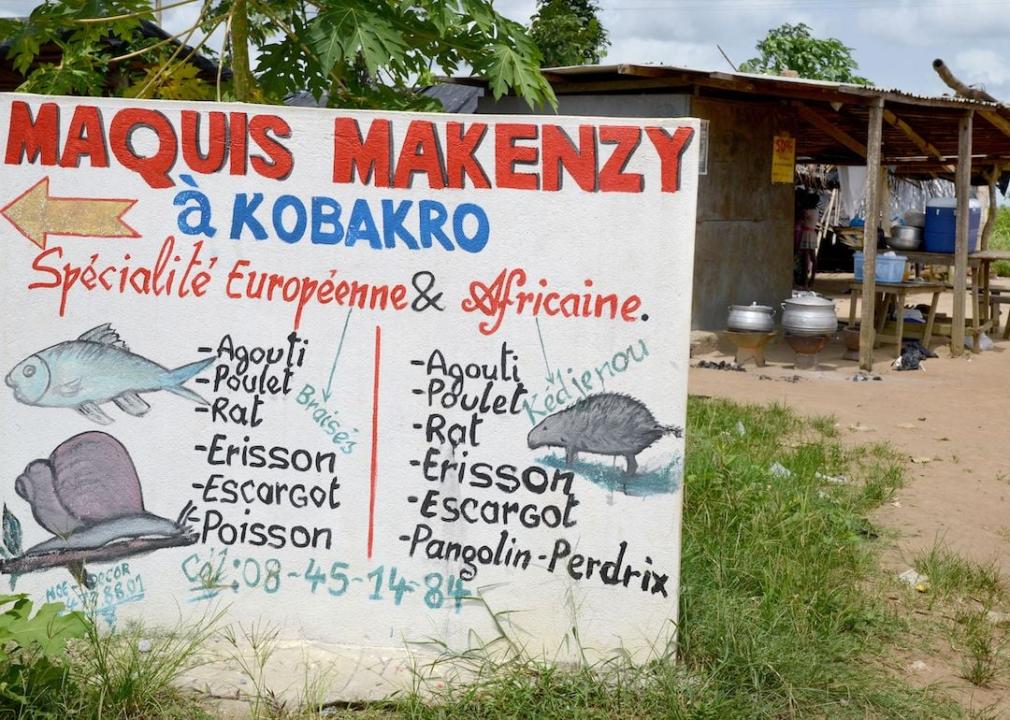
The term bushmeat refers to various African wildlife, some of which are on the endangered species list and are hunted and consumed in Africa. Importing the meat to the United States and many other countries is illegal because of both the protected status of the species and the health risks associated with eating the meat.
You may also like: The 411 on area codes: How new tech and population growth fuels the need for more digits
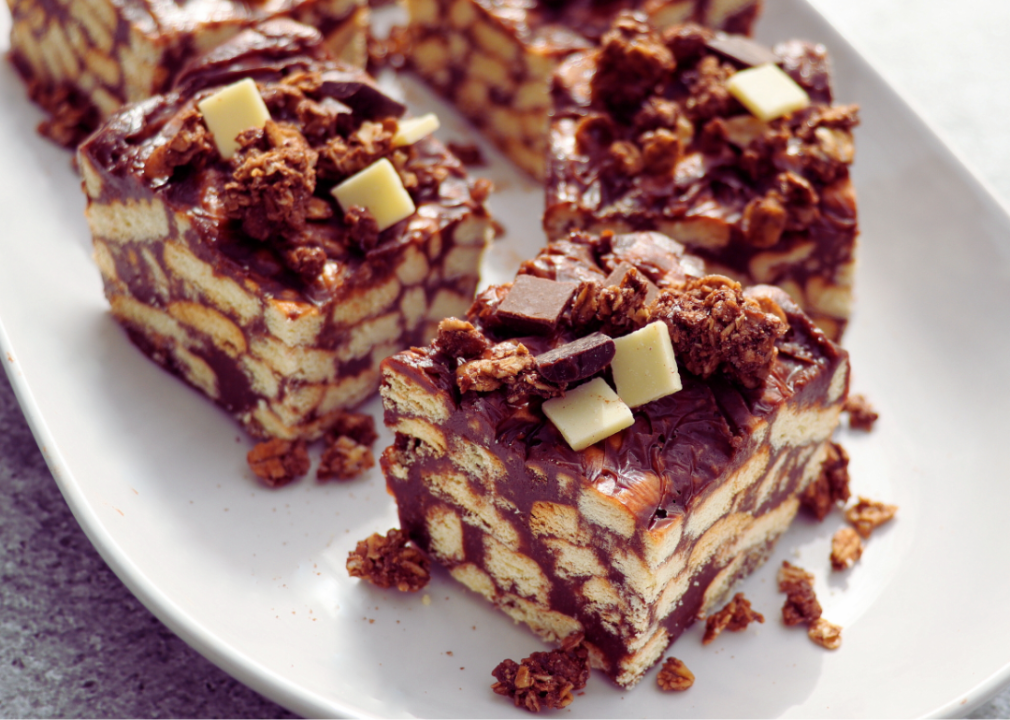
In 2011, Lazy Cakes, a brownie with 8 milligrams of melatonin (the maximum recommended dose for an adult), faced serious scrutiny. At least one child was hospitalized after eating the brownies, leading the state of Arkansas to ban the snack.
Meanwhile, the FDA warned the company that melatonin is not an approved food additive. Lazy Cakes argued that their brownies were dietary supplements, not food, and they ultimately changed their name to Lazy Larry.
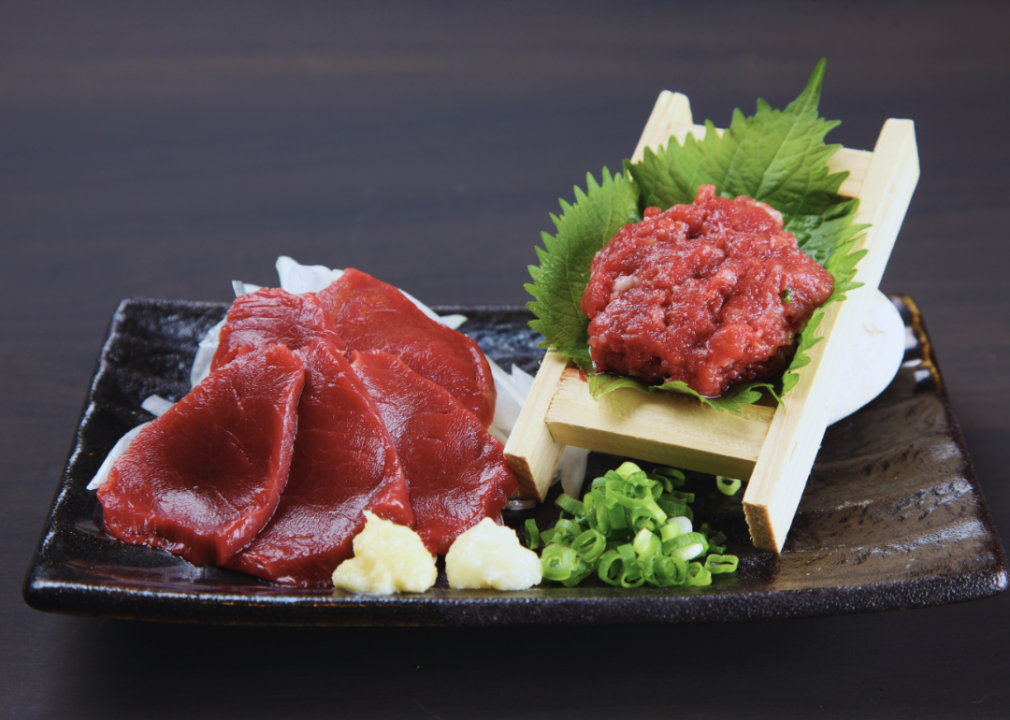
The United States does export horse meat to other countries, like Canada and Mexico (though there is pending legislation in Colorado that would prohibit that practice).
Eating horse meat isn't technically illegal in most of America, but the government has made it hard to consume it with Congress' ban on the Department of Agriculture funding horse meat inspections. Meat that isn't inspected is illegal to serve, distribute, or sell, making the consumption of horses all but impossible.
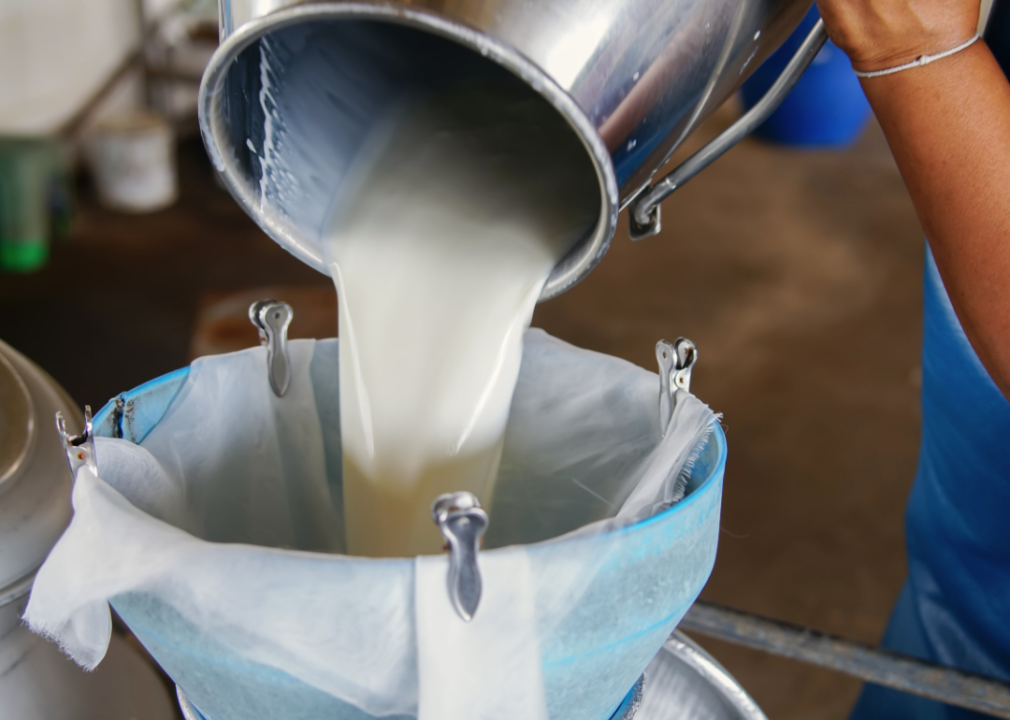
As with the banned cheeses that contain unpasteurized milk, raw milk itself is also essentially banned in the U.S. According to the FDA, "raw milk can harbor dangerous microorganisms that can pose serious health risks." Since the FDA does not regulate the sale of raw milk, it cannot be sold across state lines. Some states allow the sale of raw milk at retail stores, farmers' markets, and farms, but others ban it outright.
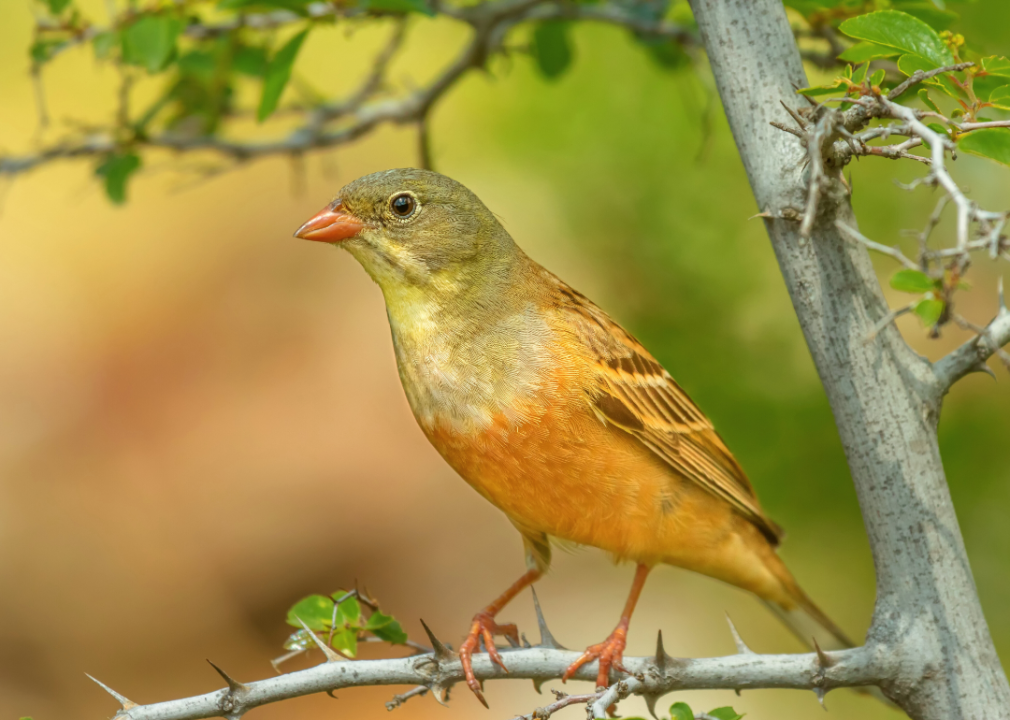
According to the French, the little songbirds known as ortolans are delicious. But the process of preparing them is gruesome: Traditionally, they are force-fed and drowned in Armagnac brandy before they're cooked. They are then consumed whole, beaks and all. But what's even more disturbing is that the birds are endangered. As a result, it is illegal to consume ortolan in the United States under the Endangered Species Act.
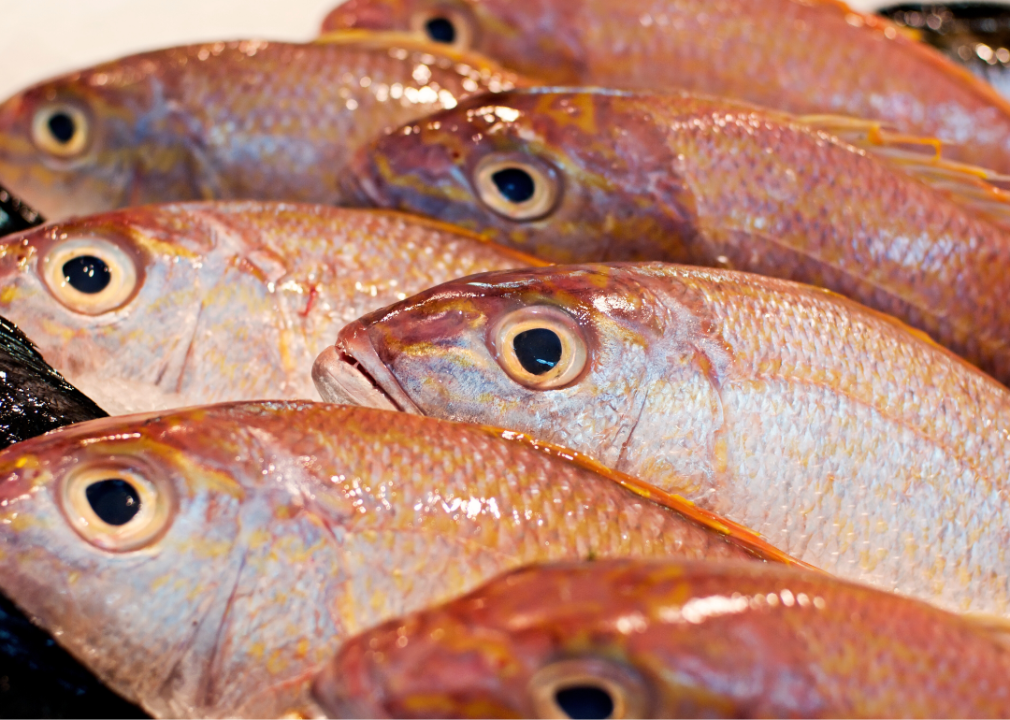
In the 1980s, redfish (also known as red drum) experienced a boom in popularity. However, there simply wasn't enough fish to meet the demand, which led to a ban on commercially catching them out of fear of overfishing. As of the mid-2000s, the fish are a protected species, with regulations on catching them varying by state.
You may also like: How to support small businesses this holiday season
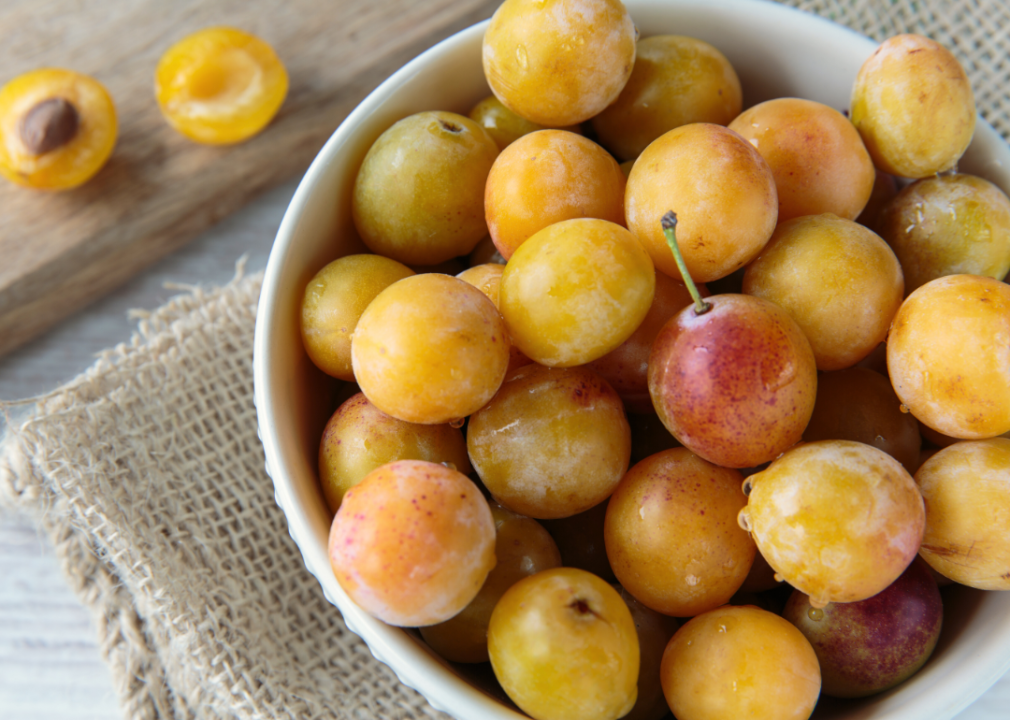
Unlike some of the other foods on this list, there are no health risks associated with eating Mirabelle plums; they've simply fallen victim to import laws. True Mirabelle plums are only grown in Lorraine, France, and are considered a food of protected geographic origin, which prevents them from being imported into the United States.

Bird's nest soup is a favorite dish in some Asian countries like China, but you won't find it on menus in the United States. The soup, made from the solidified saliva of swiftlets, carries a health risk, according to U.S. regulators. The fear that the nests could play host to the highly pathogenic avian influenza virus prevents them from landing on menus at a restaurant near you.
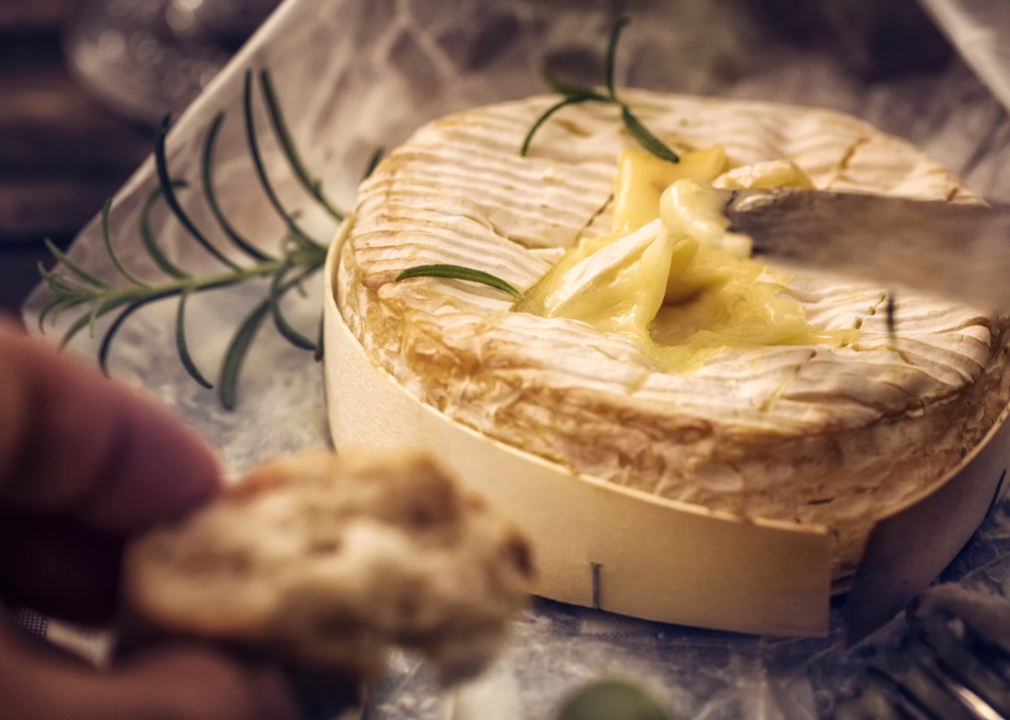
American Camembert cheese is available across the country, but you won't find the authentic Camembert de Normandie in the U.S. Like Époisses and Mont d'Or, true Camembert is an unpasteurized or "young cheese" that doesn't meet FDA regulations.
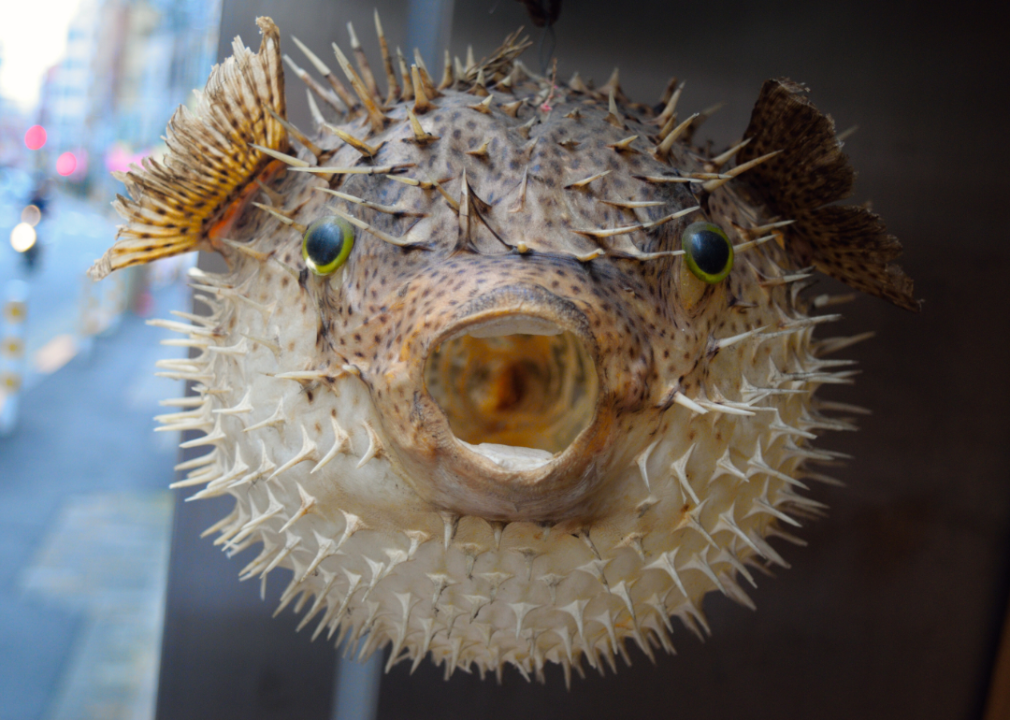
In Japan, pufferfish (or fugu) is served at fine dining establishments, but the dish can be deadly when prepared incorrectly. According to the FDA, Japanese pufferfish contain tetrodotoxin or saxitoxin, toxins "more deadly than cyanide." Because of the hazard it presents, only one company is allowed to import pufferfish into the U.S.
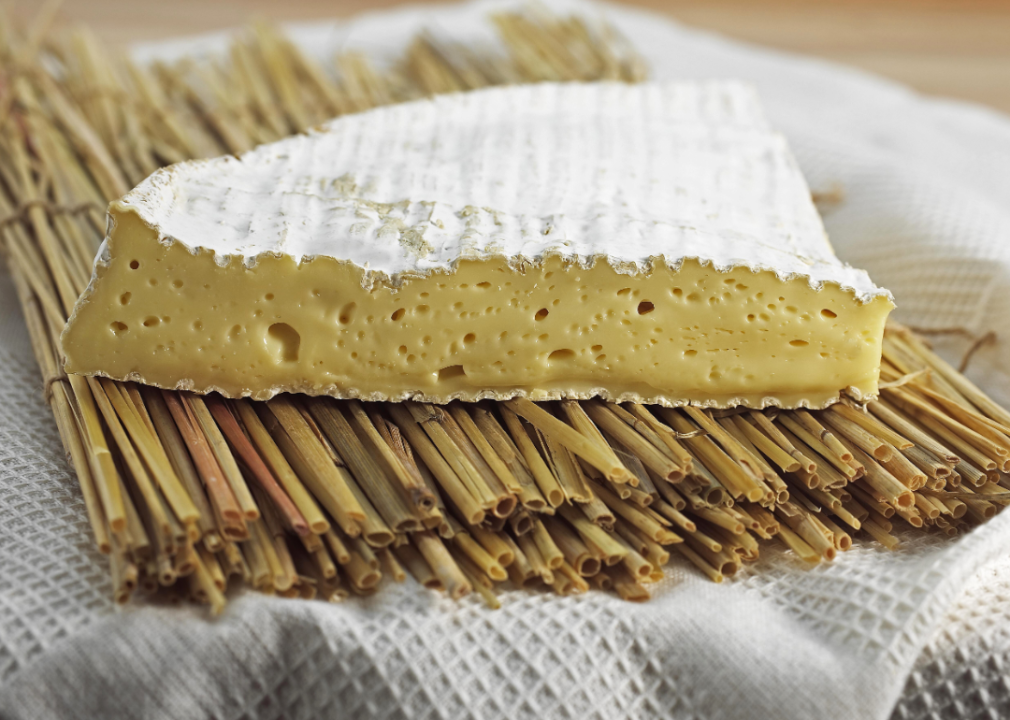
Yes, you've probably served brie on a cheese platter before, but it's unlikely that it was authentic brie, better known as Brie de Meaux. Like other French cheeses on this list, authentic brie is made with unpasteurized raw milk, which the FDA bans. The only way to eat real brie in the States is to make it yourself.
You may also like: Moving is stressful enough, but many report negative experiences with professional movers due to rising costs and tipping fatigue
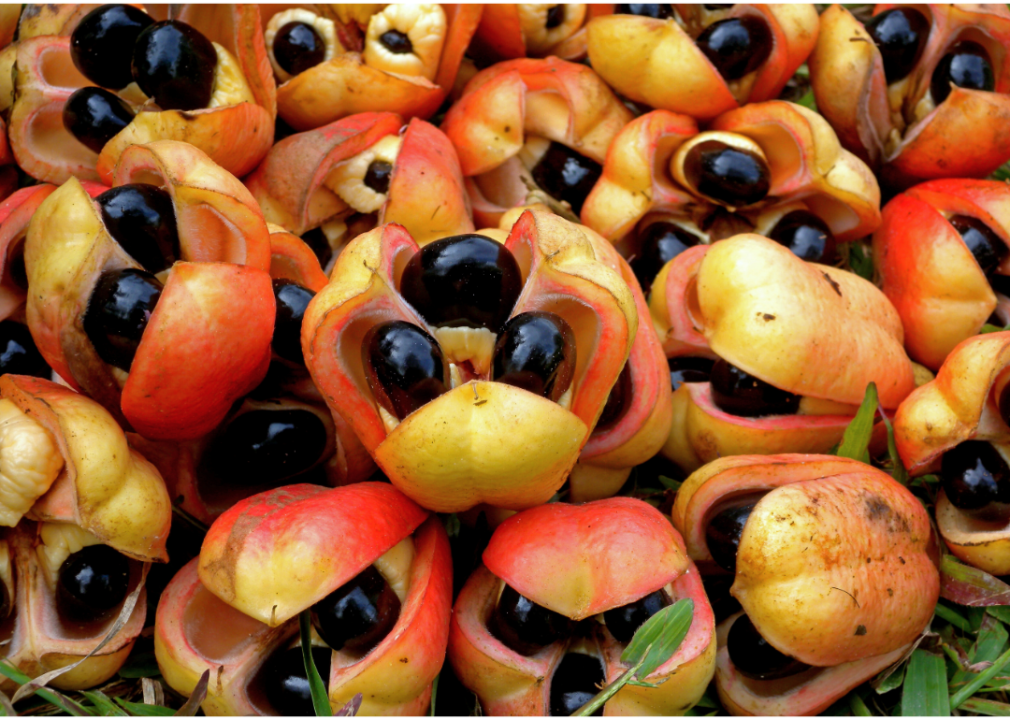
Think twice before you bring ackee fruit into the United States. Ackee fruit is native to West Africa and has become a favorite in many Caribbean countries.
However, it contains hypoglycin A, a toxin the FDA says can be dangerous if too much is ingested. That means you can't pop into the supermarket and pick up this fruit in the produce section, but you may be able to find it canned, frozen, or processed from companies that are on the FDA's "green list" of trusted growers.
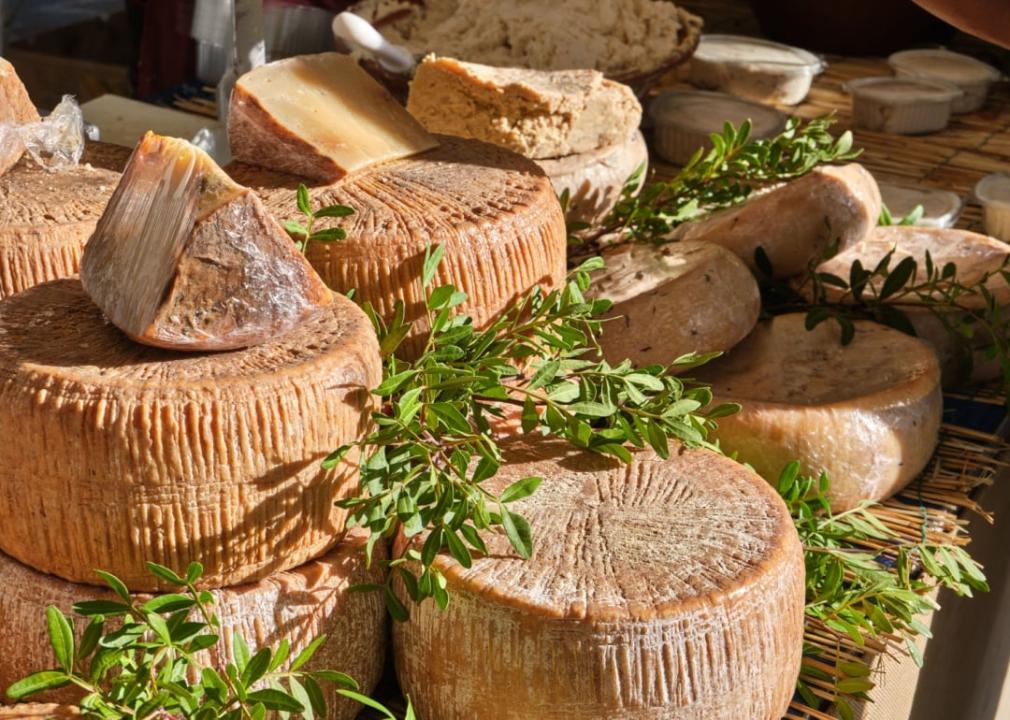
If you ever find yourself in Sardinia, Italy, and you're feeling brave, try casu marzu, a cheese made from sheep's milk and crawling with live maggots. For obvious reasons, what the Guinness World Records dubbed "the world's most dangerous cheese" is not something you'll find in the United States. It is also banned in the European Union, a decision challenged as recently as 2023, as the cheese is considered a traditional food in Italy.
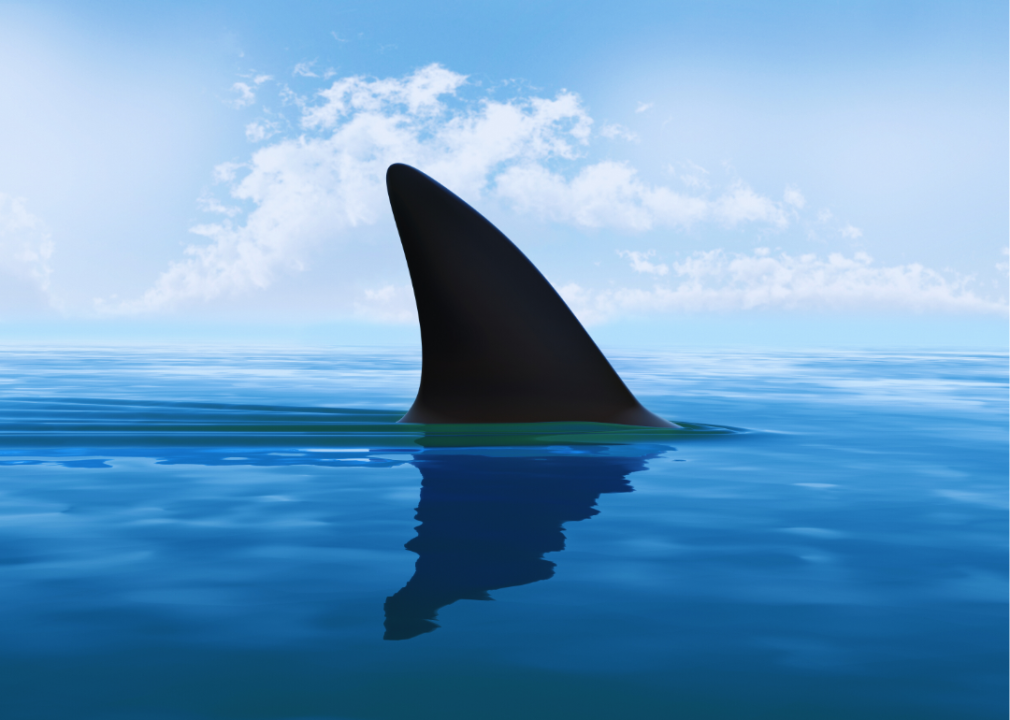
Shark fin soup is a delicacy in China, but the U.S. bands the sale of shark fins. While the dish may be considered delicious by some, ethical questions about the practice of shark finning have led to a federal ban.
The Shark Fin Sales Elimination Act, which makes it illegal to possess, buy, or sell shark fins (except dogfish fins) in the U.S., was introduced in January 2019 and signed into law in December 2022 as part of the National Defense Authorization Act.
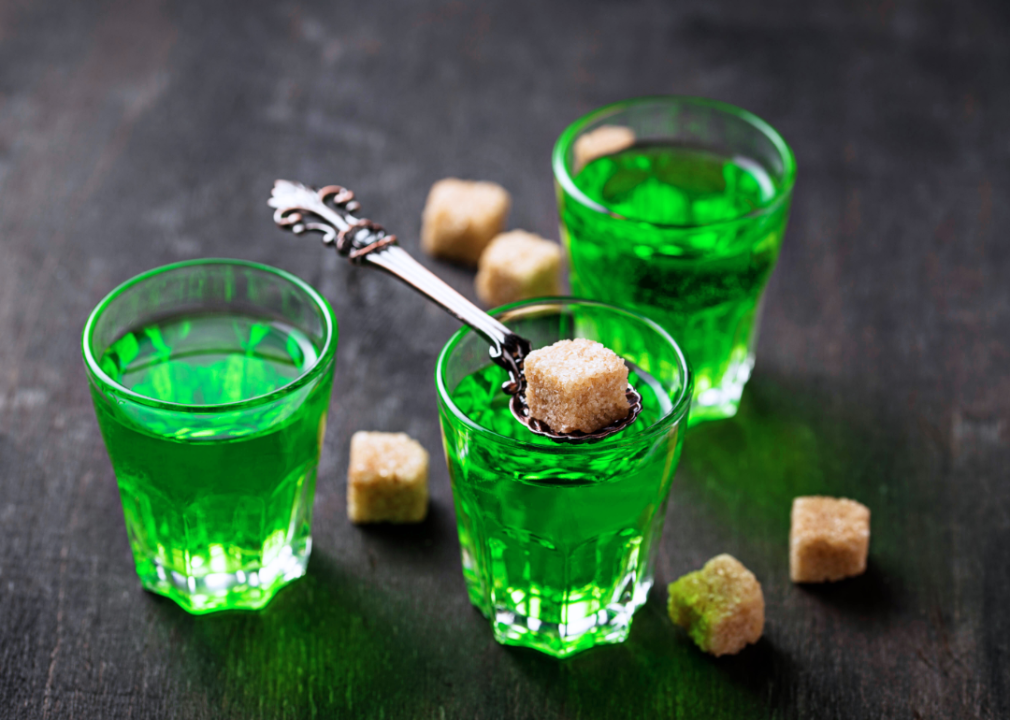
History has played a significant role in absinthe's reputation. False claims that the spirit causes hallucinations—and even murders—led to its ban not only in the U.S. but in countries across Europe for about 100 years. That changed stateside in 2007.
Now, you can buy absinthe in America, but the long-misunderstood drink is only legal if it's thujone-free, meaning it contains less than 10 parts per million of thujone, a chemical that has long been part of the absinthe formula. However, it's still heavily regulated by the FDA.
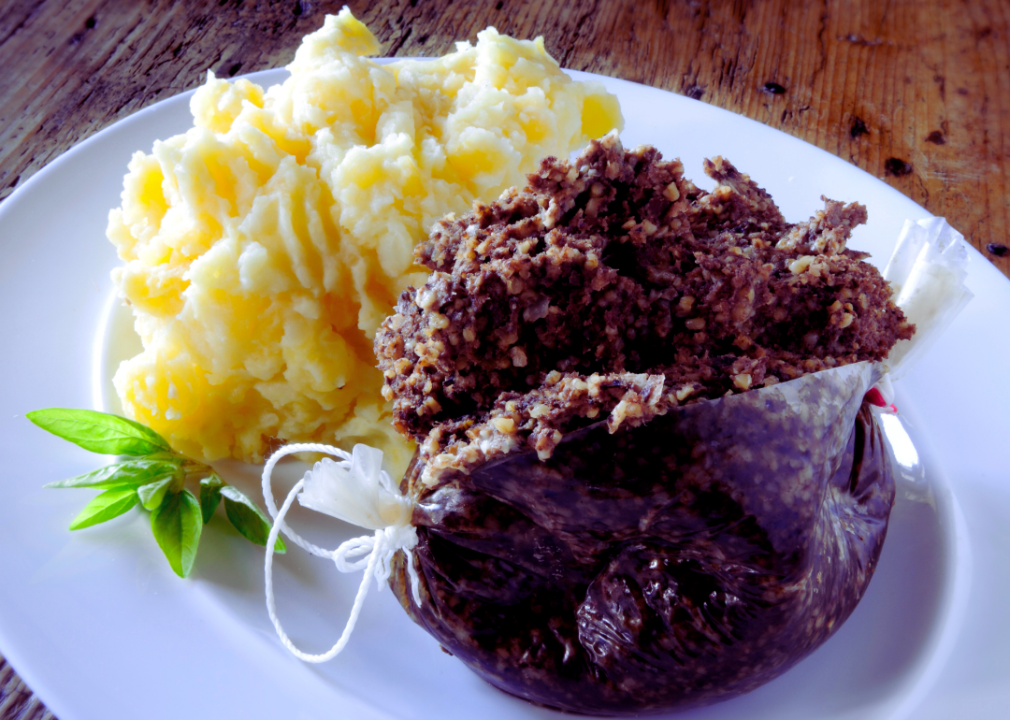
The national dish of Scotland hasn't been invited to U.S. tables since the USDA effectively imposed a ban on it more than 50 years ago. In 1971, the agency ruled that "livestock lungs shall not be saved for use as human food." Haggis is traditionally made from sheep's heart, liver, and lungs, mixed with spices and oatmeal, and served inside a sheep's stomach.
Culinary greats like Anthony Bourdain sing its praises. According to CNN, the late chef once said, "There is no more unfairly reviled food on Earth than the haggis."
You may also like: What a drag queen can teach you about self-confidence
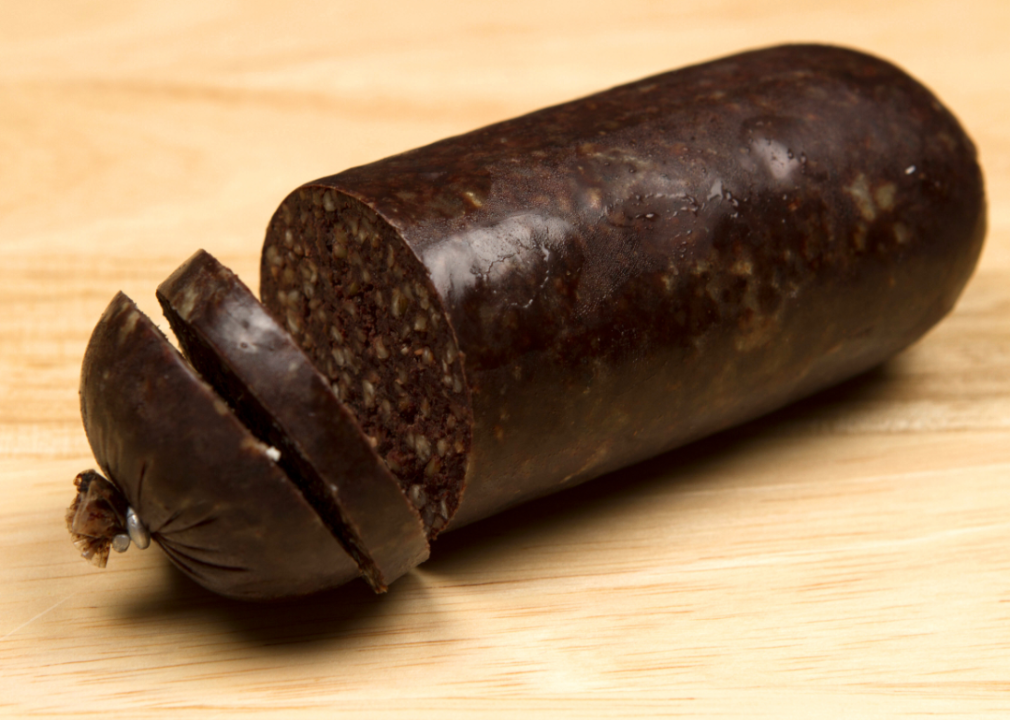
Stornoway Black Pudding is another U.K. favorite that contains beef suet, oats, onion, blood, salt, and pepper. The blood sausage is illegal to import into the United States—despite its status as a regular menu item across the pond. The breakfast staple is made in Stornoway on the Isle of Lewis in Scotland's Outer Hebrides archipelago.
The EU granted this regional black pudding protected geographical indicator of origin status in 2013, making it illegal for black pudding producers from other areas to label their product as being "Stornoway."
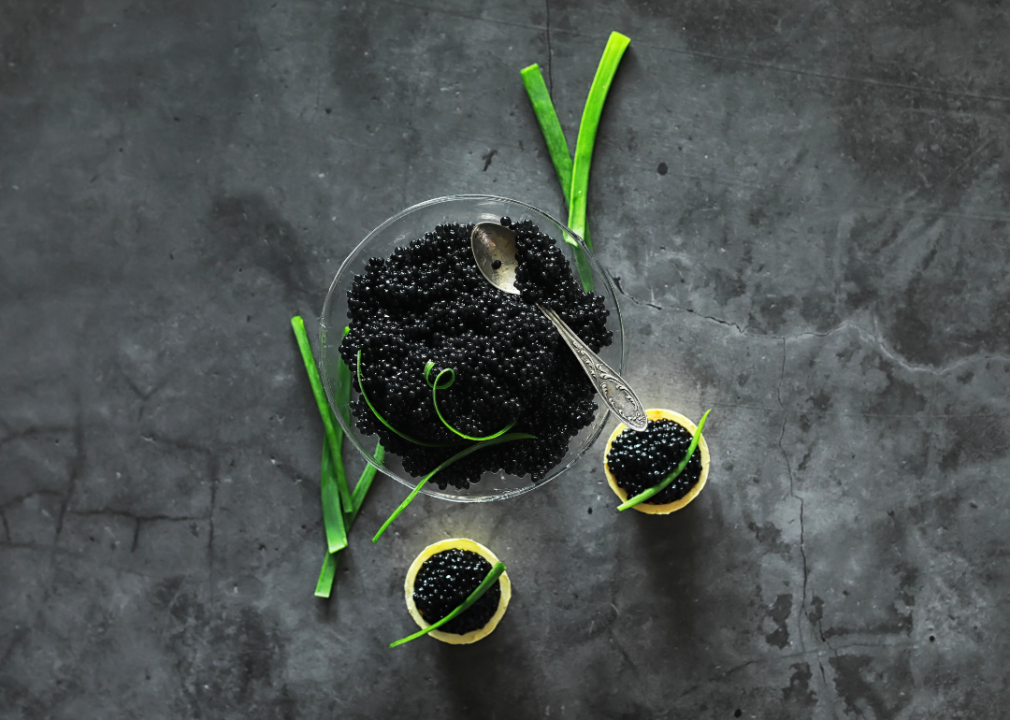
Beluga caviar is an opulent hor d'oeuvre that landed on the banned food list due to its deliciousness. Unfortunately, people liked the caviar too much, leading to the overfishing of beluga sturgeon. The fish are now a protected species, and as a result, it's illegal to import the caviar into the United States.
Sturgeon AquaFarms in Florida, one of the world's largest caviar producers and America's only legal beluga sturgeon breeder, is the only way to get it in the States. The company also donates fertilized beluga eggs in hopes of increasing the species in the wild.
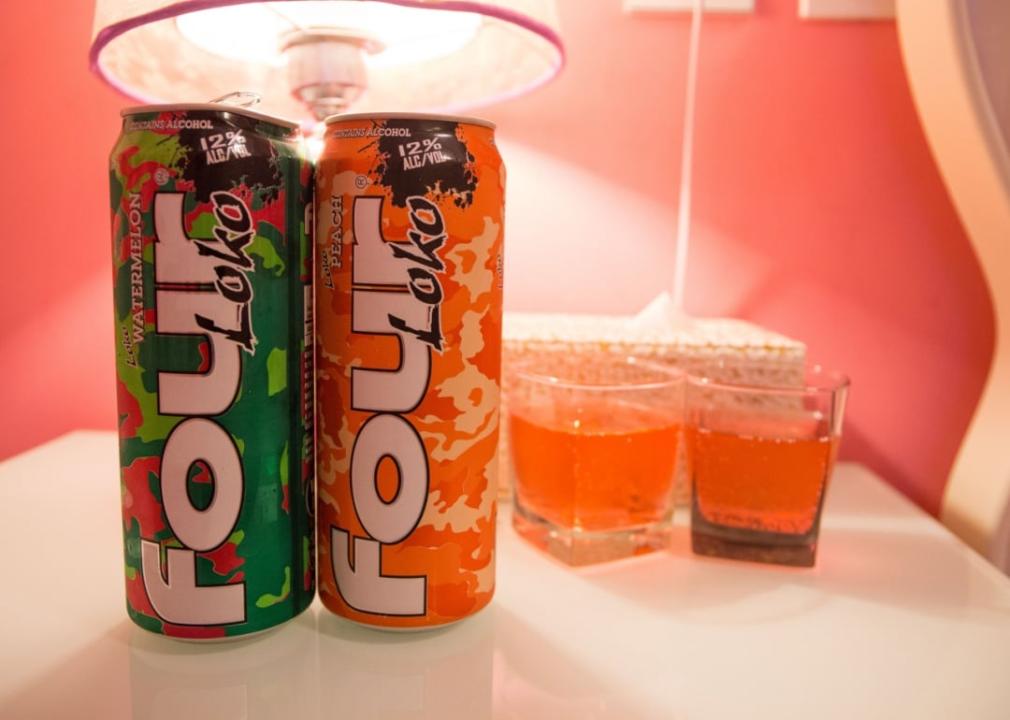
Four Loko made headlines for all the wrong reasons when it entered the marketplace in 2005. Originally, the beverage was an alcoholic drink with a caffeinated punch. It was known on college campuses as a "blackout in a can," and it reportedly played a role in the hospitalization of some young people across the States.
Several states, including Massachusetts, began banning the drink in 2010, around the same time the FDA pushed back against selling alcoholic beverages containing caffeine. Ultimately, Four Loko voluntarily stopped including caffeine in the potent drink, and the noncaffeinated version is still on shelves across the country.
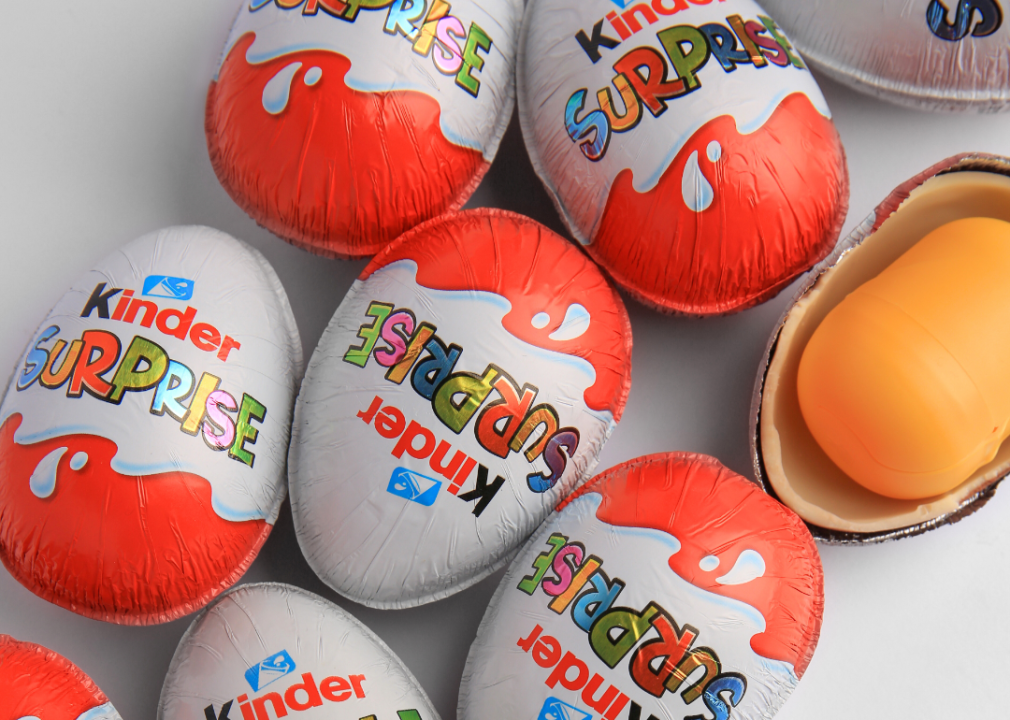
In 1938, Congress passed the Food, Drug and Cosmetic Act, which essentially banned food that had "non-nutritive" objects inside. Having nonedibles mixed with edible items poses a choking hazard for consumers, as far as the FDA is concerned. Sadly, that means Kinder Surprise Eggs—hollowed-out chocolate eggs with a collectible toy inside—are banned in America.
The FDA relented slightly in 2017 when Kinder Joy eggs were introduced in the States. The treats remain egg-shaped, but the edible and nonedible portions are separated inside the packaging. Authentic Kinder Surprise Eggs are still banned, but travelers who visit Canada, Europe, and many other parts of the world can try the real deal—just don't try to bring any home in your suitcase.
"Kinder eggs are prohibited just like narcotics are prohibited," a U.S. Customs and Border Protection spokesperson said in 2023. "Our officers, if they encounter prohibited stuff, they're subject to seizure."
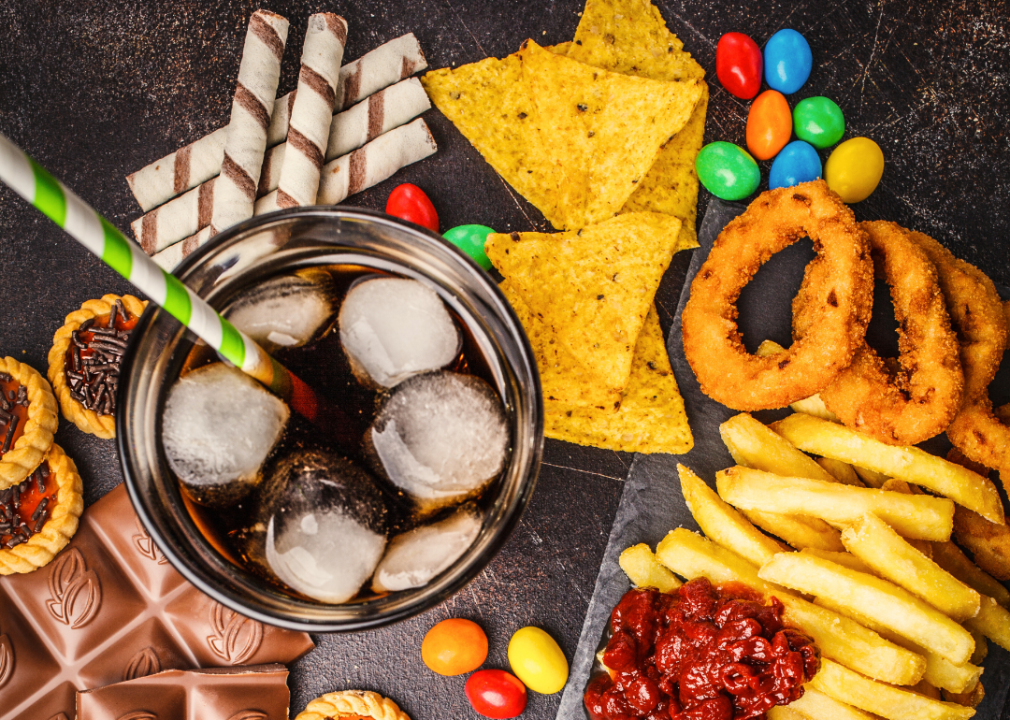
There's no shortage of junk food in America, but California, Massachusetts, New York, and New Jersey have banned junk food and sodas from schools in an effort to promote better health among students. Canada has a similar ban that has reportedly helped lower the body mass index of students who attend schools where the ban is in place.
Additional writing and story editing by Cynthia Rebolledo. Additional editing by Jaime Etkin. Copy editing by Kristen Wegrzyn. Photo selection by Michael Flocker.
You may also like: Smartphones used to be half the size they are today—here's how they've grown in size over time